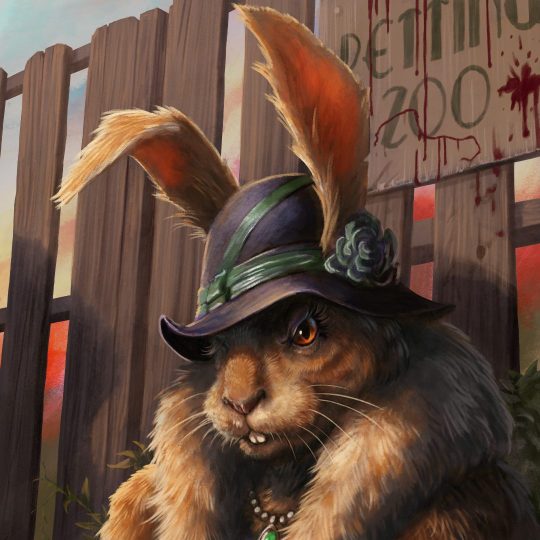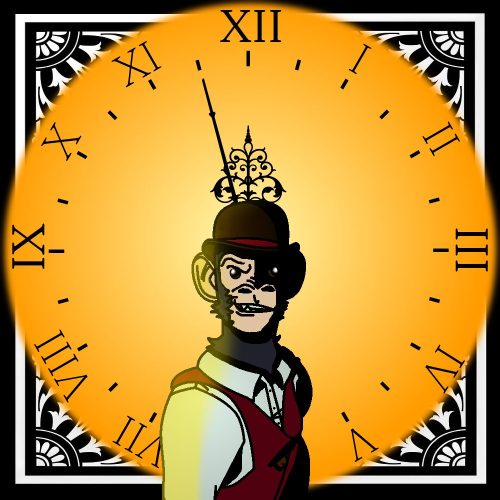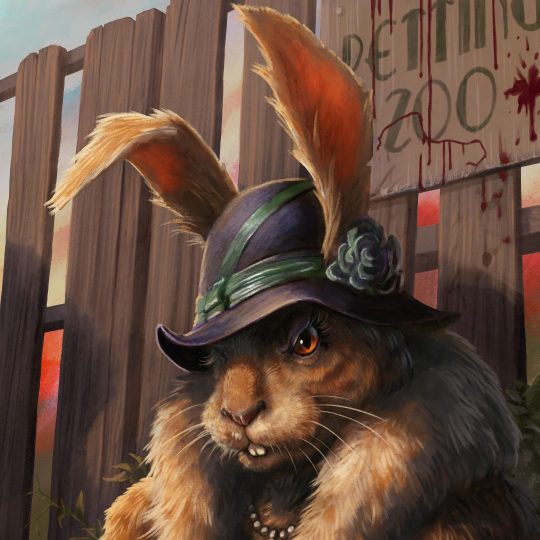The Virtues of an Epic Failure: Really Critty Stories
On April 17, Nerdarchy released a video about Critical Failures and why to use them.
This was a sponsored video by ArmorClass10.com, who happen to be the vendors of the shirts our illustrious Nerdarchists are wearing in the video.
Nerdarchist Dave makes a compelling case for using critical failures because they are memorable. They are. Years later, you’ll still be telling stories about how things got royally donked up after a series of natural ones, but there’s a good reason for that. The odds of rolling one Nat 1 are about five percent, one in twenty, which is pretty high all things considered. The odds of doing it twice in a row, though, are one in four hundred, and when you start chaining natural ones, that’s when it’s totally justifiable for things to go completely sideways.
 Some Dungeon Masters use a fumble chart. It’s basically a table that you roll on when somebody rolls a natural one to see how bad the results of that critical failure actually are. They range from the very serious (where loss of limb is a potential result) to the hilarious (there’s one available online where an elephant could literally materialize in front of your sword and block your blow).
Some Dungeon Masters use a fumble chart. It’s basically a table that you roll on when somebody rolls a natural one to see how bad the results of that critical failure actually are. They range from the very serious (where loss of limb is a potential result) to the hilarious (there’s one available online where an elephant could literally materialize in front of your sword and block your blow).
In a game where extra attacks mean greater odds of rolling that natural one eventually, those can sometimes feel like a slap in the face. Everybody’s going to do it eventually and there’s nothing quite like feeling the RNG (random number generation) screwing you over.
Of course, you could always confirm critical failures the same way some systems and Dungeon Masters want you to confirm critical successes. You could roll your natural one and then roll again, and if you’d miss the second time, bad things happen. If you’d hit the second time, then it’s just a regular run of the mill miss.
Then again, few things beat the simplicity of Murphy’s Law. Instead of trying to shoehorn an arbitrary roll into a critical failure, simply ask yourself, “What can go wrong here?” and then whatever it is, that’s what happens.
At our table, we tend to treat the first natural one as an ordinary miss. When the second natural one in a row pops up, however, bad things start to happen.
This one time, all four of us in the party at the time rolled natural ones on our perception checks. Now normally you can’t have perception lower than your passive, but the odds of the whole four-man party rolling natural ones on the same check are crazy long. And it happened. In that one moment we went from on our way to the adventure to hopelessly lost in a swamp. It sparked a side quest that we still joke about from time to time.
In our case, nobody was salty about it. I think we’d have been more angry with the DM if he didn’t acknowledge the absolutely bizarro situation that brought us to this place to begin with. It was amazing and so unlikely and it will very likely never happen again.
If it does, though, rest assured I’ll be telling you about it.
We had a sorcerer Nat 1 while trying to stop an animated mace from bashing into an ice block that an NPC alchemist was peeing on once. We all got yellow snow on us. I promise that was a mostly serious campaign, but sometimes when the ridiculous moments happen, you just have to let them come.
The first time we tried 5th Edition D&D, our party wiped to the goblins in the very first encounter of Lost Mine of Phandelver due to some unfortunate Nat ones on our part and Nat 20s on theirs. Just last week I almost wiped a party of first level adventurers to goblins, too. I’m not sure what it is about goblins, but my dice just love them.
The Nerdarchists have a point. You don’t remember when everything goes smoothly. You remember when it all falls apart. You don’t remember successfully pick pocketing a merchant, you remember when he catches you and tries to get the city guard to cut your hand off while the rest of the party has to set something on fire to create a distraction so you can get away.
You don’t remember an easy in and out recon. You remember not finding an alarm trap, setting it off and the wizard deciding it’s a good idea to blow up the whole building to cover your tracks. Not mentioning any names, Daphixis.
But rest assured, when you go back and tell these stories again – and you will, it’s like a pathological need for us gamers to tell our war stories – you’ll be smiling no matter how upset you were at the time.
Related articles
[amazon_link asins=’B01GQPU6QA,B017UNO1CC,B01H0ZVTXY’ template=’ProductCarousel’ store=’nerdarchy-20′ marketplace=’US’ link_id=’9b3ea923-40e6-11e7-accd-81927eb7f854′]












Professor Bill
May 27, 2017 at 12:59 amIndirect golden showers are no less insulting.